THOMAS HOWARDUS DUX ET COMES NORFOLCÆ
THOMAS HOWARD - DUKE OF NORFOLK
Print by Lucas Emil Vorsterman 1595 - 1675, Flemish artist and printmaker
After the German artist Hans Holbein the younger c.1497 - 1543.
Overall size including frame: 12 x 17 inches Size of actual print: 7½ x 9½ inches.
The framed picture has been stored upside down in wet conditions resulting in extensive staining
and damage to the gilt edged frame. Over one third of the card mount and actual print suffer
from black mold and irreparable damage through adhesion to the glass.
One wonders why the picture was ever taken down and stored in such a careless manner when,
apart from the damage we see today,
it would appear to have been in first class condition previously.
THOMAS HOWARDVS DVX-ET COMES NORFOLCIÆ, COMES SVRIÆ DNS HOWARD MOVBRAY SEGRAVE
BRVSE, COMES MARES CALLVS SVMɁ THESAVRARIVS ET ADMIRALLVS ANGLIÆ &c:
Cum privilegys Reg. Hans Hollbain pinxit Visitur in Ædibus Arondelianis Londini
Vorsterman fecit.
...........................................................................................
Thomas Howard, 3rd Duke of Norfolk (1473 – 1554), succeeded to the title upon the death of his father in 1524 and played a major role in King Henry VIII’s government, 21 April 1509 – 28 January 1547.
In the original painting by Holbein the Duke is depicted as Earl Marshal of England wearing the Order of the Garter with the St. George Pendant. He holds the baton of Earl Marshal and wand of Lord High Treasurer, a post he held from 1522 – 1547.
In his engraving Lucas Emil Vorsterman has reversed the image; Howard is looking right and not left.
The Duke’s first wife, Anne of York, was daughter of King Edward VII. The Duke himself was an uncle of Anne Boleyn and Catherine Howard. He fought under his father against the Scots at Flodden in September 1513 after which he became Earl of Surrey. From 1513 – 1525 he served as Lord High Admiral and from 1520 – 1522 as Lord Lieutenant of Ireland. A leading opponent of Thomas Cromwell (lawyer and statesman who served as chief minister to King Henry VIII from 1532 to 1540, executed in 1540), the Duke was imprisoned by King Henry on charges associated with the disgrace of his son, Henry Howard, Earl of Surrey, who was executed in 1547. Suspected of treason himself, the Duke was due to be executed but the King died on 28 January 1547 before he could sign the order. Thomas Howard remained incarcerated throughout the reign of Henry’s son, King Edward VI, 1547 – 1553 and was finally released and his estates and title restored by Queen Mary, a devout Catholic, who reigned from 1553 to 1558.
Thomas Howard, 3rd Duke of Norfolk, died at Kenninghall, Norfolk, on 25 August 1554 aged eighty and is buried at St. Michael’s Church, Framlingham, Suffolk.
...........................................................................................
Hans Holbein the Younger was a painter, draughtsman and designer of woodcuts, glass-paintings, metal work and jewelry. Son of Hans Holbein the Elder, he was born in 1497 in Augsburg, Germany, and initially trained under his father. Aged eighteen he went to Basel, Switzerland, where he was apprenticed to Swiss artist Hans Herbster alongside his elder brother, Ambrosius. In 1519 he was enrolled in the painters’ guild of Basel and the following year set up his own workshop in the town.
He painted altarpieces, portraits, and murals and made designs for woodcuts, stained glass, and jewelry. Among his patrons was Desiderius Erasmus Roterodamus, (Erasmus of Rotterdam), a Catholic priest, and Dutch Renaissance humanist, who had settled in Basel in 1521.
Holbein gave up his workshop in Basel in 1526 and went to England, with a letter of introduction from Erasmus to English lawyer, social philosopher, author, statesman and noted Renaissance humanist Sir Thomas More, who "received him warmly". Holbein quickly achieved fame and financial success and in 1528 he returned to Basel, where he bought property and received a number of commissions.
Leaving his family in Basel, in 1532 he returned to England and settled permanently in London, where he was patronised by King Henry and leading figures of society.
Holbein's work is characterised by superb technical skill, an unerring sense of composition, a sound grasp of the three-dimensional form and space, and a sharp eye for detail. His portraits are painted with a passion for objectivity, the outward appearance of his subjects directly reflecting their inner character or mood. His drawings, frequently executed in black and colored chalks are precise and controlled.
Holbein died in London in 1543 aged fifty-six.
...........................................................................................
Lucas Vorsterman (c.1595–1675) was a Baroque engraver who worked with artists Peter Paul Rubens and Anthony Van Dyck.
Born in the Netherlands at Zaltbommel c.1595 Vorsterman joined Rubens' workshop being his principal engraver. With a specific idea of the style he wanted Rubens was a demanding employer of engravers: “As he dismissed engraver after engraver, he drove the best one, Lucas Vorsterman, into a nervous breakdown”.
In 1621 a violent dispute arose between Vorsterman and Rubens, the cause is unknown but it is assumed it centred on ownership of author rights to the prints engraved by Vorsterman on the basis of Rubens' designs. The dispute ended their working relationship.
In 1624 Vorsterman went to England and enjoyed the patronage King James I and nobility. Returning to Antwerp in 1630 he was one of the printmakers selected to engrave plates for Anthony Van Dyck’s Original Etchings and Iconography, executing twenty-two of the original eighty plates.
Vorsterman lost his sight in old age and lived on the support of the Antwerp Guild of St. Luke until his death in 1675 aged eighty.

>+< >+< + >+< >+< 

 The
Siege of Metz, (close to the French border with Germany and Luxembourg), commenced
on 3 September 1870 and ended the following month
The
Siege of Metz, (close to the French border with Germany and Luxembourg), commenced
on 3 September 1870 and ended the following month 












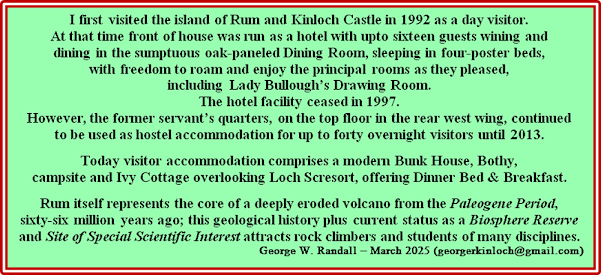







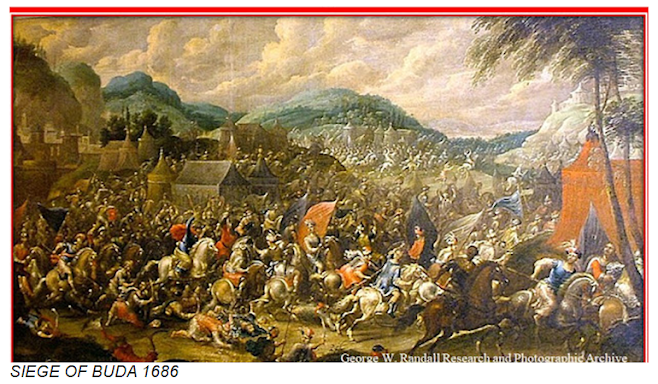



















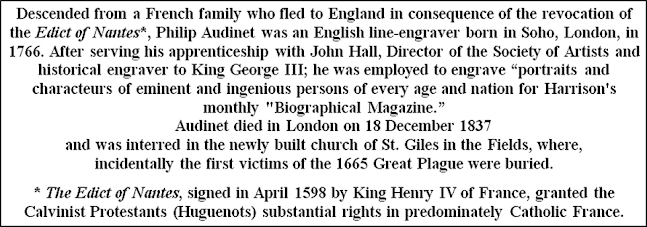
























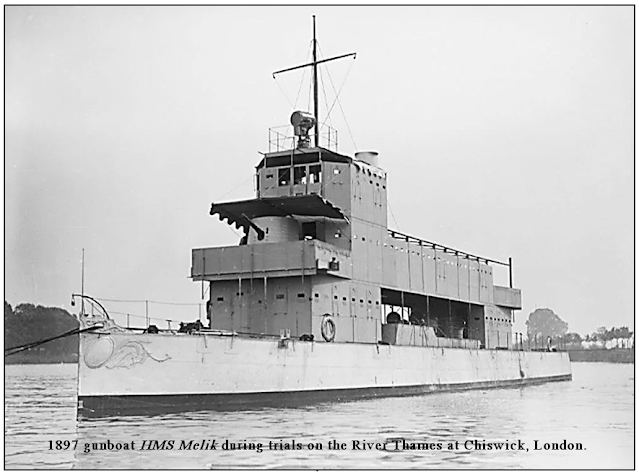















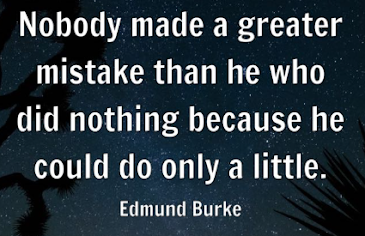





No comments:
Post a Comment